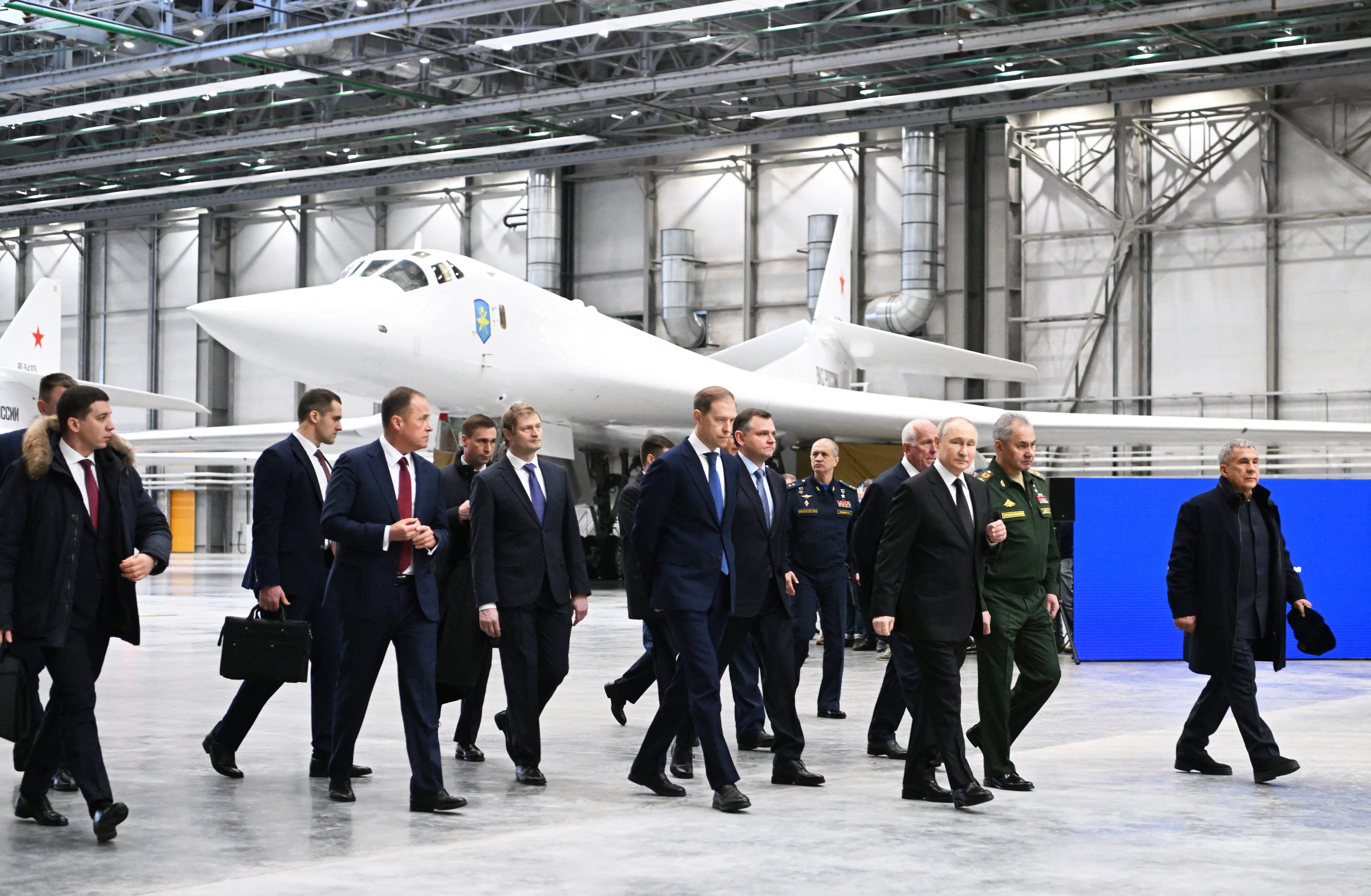MILAN — Russian weapons exports have dropped dramatically under the shadow of Moscow’s full-scale invasion of Ukraine and the global sanctions that followed, according to the Stockholm International Peace Research Institute.
The sale of Russian weapons to other countries fell by 53% between the five-year periods of 2014-18 and 2019-23, according to the latest report by the think tank, dated March 11.
While Moscow exported major arms to 31 countries in 2019, this number plummeted to only 12 last year, with Western sanctions against the Kremlin representing one of the key reasons some governments are interested to buy elsewhere.
The report noted that the three largest receivers of Russian-made weapons between 2019-23 were India, China, and Egypt. However, the amount of equipment that those governments acquired underwent a steep decrease.
RELATED

“Between the two periods, Russian arms exports to India decreased by 34%, while exports to China decreased by 39% and to Egypt by 54%. Algeria and Vietnam, which were Russia’s third- and fourth-largest recipients in 2014-18, saw their exports drop by 83% and 91%,” respectively, SIPRI analysts wrote.
The newest figure, combined with the overall low number of pending Russian arms deliveries, suggest that the country’s exports in the defense sector are likely to remain low, as the draw of made-in-Russia military equipment is waning, according to the analysts.
One trend relates to the continents of Asia and Oceania. The regions, which accounted for 68% of overall Russian weapons exports in 2018-2023, are now seeing the rise or the United States as their largest arms supplier.
Several Asian countries have hinted in the last year at their intention to decrease their arms dependency on Russia, rather looking to diversify their supplier channels or build up their domestic industries.
Another important shift in arms transfers between the two time periods analyzed was the move of France ahead of Russia in the ranking of arms-exporting nations. Paris is now the world’s second-largest weapons exporter, recording a 47% increase in sales.
With European nations scrambling for weapons to fill their own stocks or to support Ukraine, the continent logged a significant increase in arms imports, which were 94% higher in the past five-year window than in 2014-18. Purchases from the United States accounted for 55% of the uptick.
Weapons high on countries’ wish lists currently are both combat aircraft and helicopters, with 800 on order globally, as well as air defense systems and a greater interest in long-range missiles.
“In the past two years, we have seen a much greater demand for air defense systems in Europe, spurred on by Russia’s missile campaign against Ukraine,” Pieter Wezeman, senior researcher at SIPRI’s arms transfer program said.
Elisabeth Gosselin-Malo is a Europe correspondent for Defense News. She covers a wide range of topics related to military procurement and international security, and specializes in reporting on the aviation sector. She is based in Milan, Italy.







